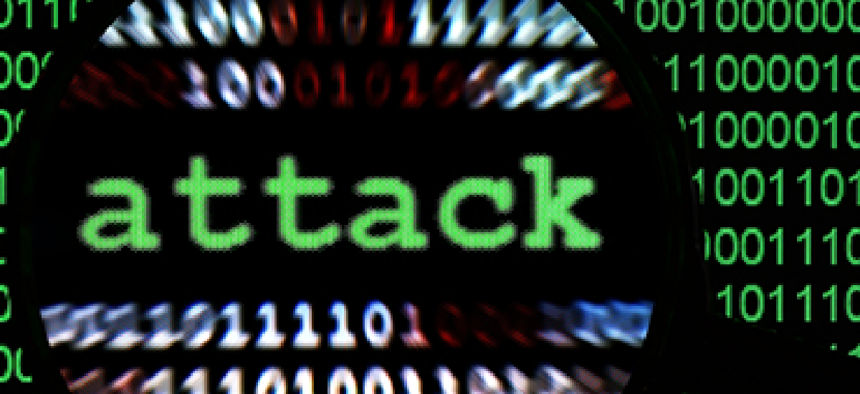GAO: Cyber efforts not enough

The government has been faltering on several critical aspects of cybersecurity, GAO finds. Will the president's executive order address the concerns?

Just days after President Barack Obama announced an executive order and presidential policy directive to bolster federal cybersecurity, the Government Accountability Office has released a new report calling for government officials to better define and implement cyber strategies.
GAO has been studying the government's information security posture for more than a decade; in 1997 the agency designated federal information security as a governmentwide high-risk area. In 2003, it expanded that designation to include cyber-vulnerabilities in critical infrastructure. A decade later the issue is more prominent than ever, but do the latest efforts stack up to the watchdog's recommendations?
Some of GAO's enduring areas of concern are explicitly targeted in the new White House orders: designing and implementing methods for assessing risks and sharing information, particularly within critical infrastructure; detecting, responding to and mitigating cyber incidents; designating roles and responsibilities; and instituting milestones and performance measures.
The lexicon sounds familiar as top officials from the agencies closest to the new cyber policies have been making the rounds in Washington, fleshing out the executive order, the PPD and initial plans for how they will be executed. Yet while the measures directly address some priorities that GAO laid out in the report, they are far from a panacea.
"The report that GAO released does raise a lot of very familiar stories," said Michael Daniel, White House cybersecurity coordinator. "The issues it raises unfortunately are not new -- we've been trying to deal with a lot of these problems for some time. I would say that if you take what we're doing with the executive order and the PPD, we're really trying to address some of those key areas."
Daniel, speaking Feb. 15 at the Center for Strategic and International Studies, added that the two new documents represent a catalyst for the government in addressing some of GAO's core issues.
"Can we raise the baseline level of cybersecurity in our critical infrastructure?" he said. "Can we continue down a path -- you've already seen, in response to incidents over the past year, the government has improved its information-sharing with the private sector. And we need to keep doing better."
One of GAO's primary recommendations is for the White House cybersecurity coordinator to develop an overarching federal cybersecurity strategy that provides more efficient framework and better ensures progress. Daniel said that effort is now under way, but the White House initiatives alone won't be enough to tackle the full range of cyber issues the government faces.
"There are things in that GAO report that deal with, for example, how the federal government works to protect its own networks. And there are improvements that we need to make there - some of which we're already starting to make with DHS," Daniel said. "But some of that we need legislation to do. In the long run, the executive order and the PPD will address some of what the GAO identifies, and we've got other efforts we have ongoing. There still is some additional legislative work that remains."





